When working in a group, it could be argued that the most important characteristic towards success is strong team bonds. Being a member of a university laboratory does not change this universal requirement. But, how can one focus on camaraderie-building among a flurry of assignments and deadlines? Surely, the laboratory is not an ideal place for that purpose.

Here comes the alternative in the form of a gasshuku (合宿), a ‘training camp’.
In most cases, this is just a fancy name for a casual lab trip. Gasshuku’s are a nice way to bring all the lab members to the same place, at the same time, in an informal and relaxed environment outside of the office space. It can happen as often as everyone’s schedule allows, although in my laboratory (Obi Laboratory) the standard is twice a year; once in early July and once in November.
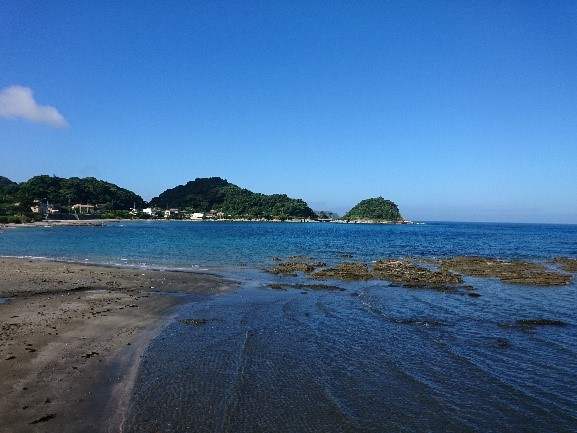
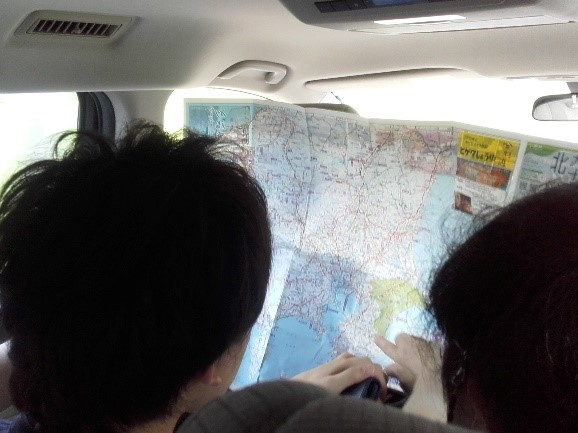
Since many people need to be transported, accommodated, and fed, someone has to assume the role of the organizer. This usually falls on the shoulders of one of the students, most of the time among the younger ones. Firstly, the organizing team has to pick a destination, matching the season of the year and avoiding overlaps with previous trips. The obvious choices for the Kanto region are Hakone red leaves for the autumn trip and seaside leisure in Chiba for the summer trip. Then, they have to find and book a hotel, arrange supermarket provisions, activities and plan transportation options. All these arrangements make up a solid volume of information, that’s why a trip guide is prepared as well.
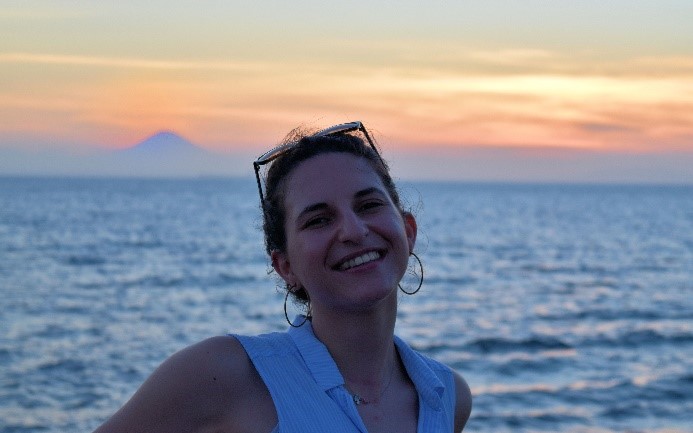
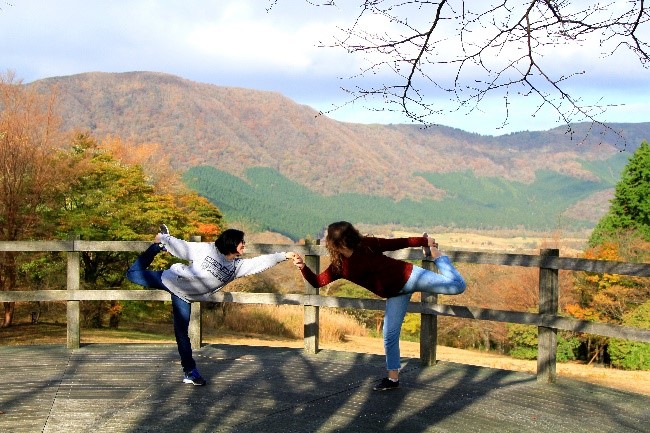
In the case of our lab, the schedule looks like the following. Preparations start from the day before the trip when we meet at the lab to go together to a big supermarket and buy provisions. We usually look for steaks and vegetables for BBQ, ingredients for Tonjiru soup, drinks, fruits, and snacks. On the way back, we may get some pizza for everyone to share for dinner. On the first day of the trip, we arrive at Suzukakedai campus to meet the professors or other participants who have cars to carpool. During the road trip, we usually play oral games or discuss things about ourselves, especially if new students are present. After arriving at the hotel and checking in, we hold a small meeting for students and professors together. The topic can be either a quick introduction to everyone’s research topic or a group competition aiming to contribute solutions to a given problem. For example, last time, we had to think about how Information and Communication Technology (ICT) could revolutionize agriculture. Some attendees might also give a short lecture about current innovative concepts or research trends as soon as the meeting is over, preparations for a barbeque dinner start. Everyone is assigned a cooking duty, like cutting vegetables, looking after the soup, or marinating the steaks. Cooking and eating happen simultaneously. Because it is a special occasion, attendees bring expensive food and drink items as gifts for everyone to share in the joy. It is a nice feeling warming your hands above the grill charcoal while talking with your professors like friends, without the need to constantly keep appearances. Some people might feel uncomfortable and can’t relax no matter what, because they are thinking about the hierarchy difference; for me, it is not like that. Professors are our mentors and advisors; we should be open to them, in order for them to be able to help us. And they are human, too; they also want to have fun and unwind, so they are not going to be too serious in a party setting. If you were curious about something but shy to ask, this is the perfect time to do so.


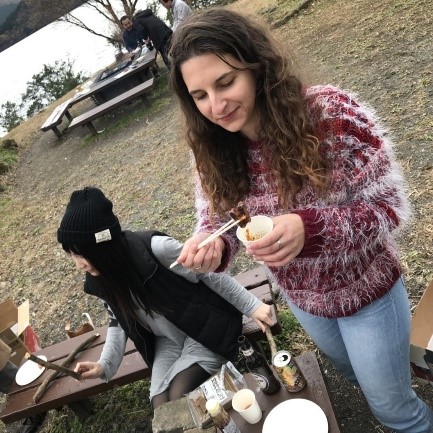
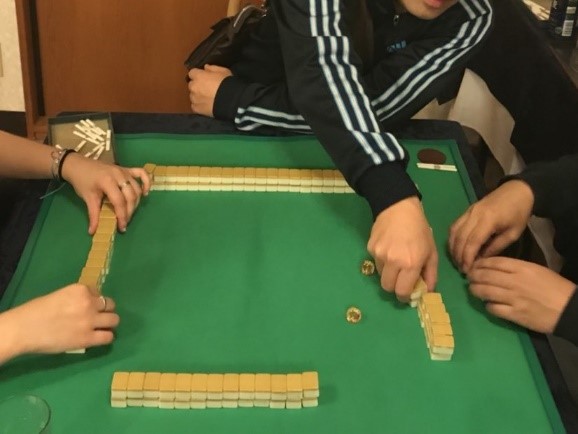
In summer, being outdoors is an excellent opportunity for small fireworks, “Hanabi” as it is called. Grown-up adults can be amused by lighting up tiny fireworks as much as 5-year-olds. Since it is getting late and we don’t want to bother other guests at the hotel, we move the party indoors. There, we usually play board games together, like UNO or strategy games. Actually, it was at a lab trip where I learnt how to play Mahjong for the first time, although I lost miserably as a rookie. As far as physical activities go, these happen mostly on the second day of the trip. It can be sports, like tennis, Ping-Pong or gateball. Other times, we go sightseeing or for a short hike on a nearby mountain route. At noon, we grab some traditional Japanese lunch together and start the return trip.
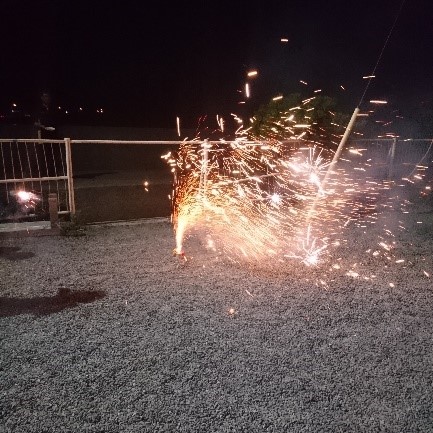
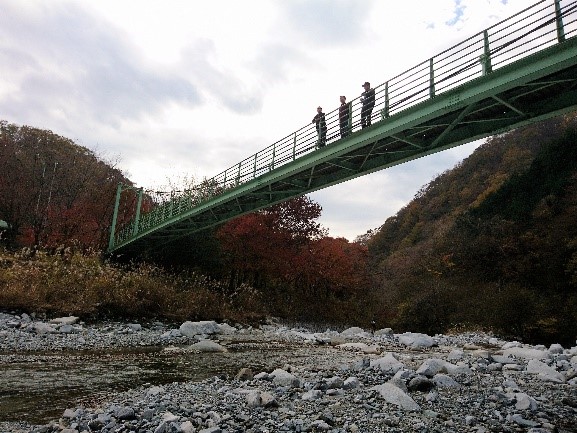
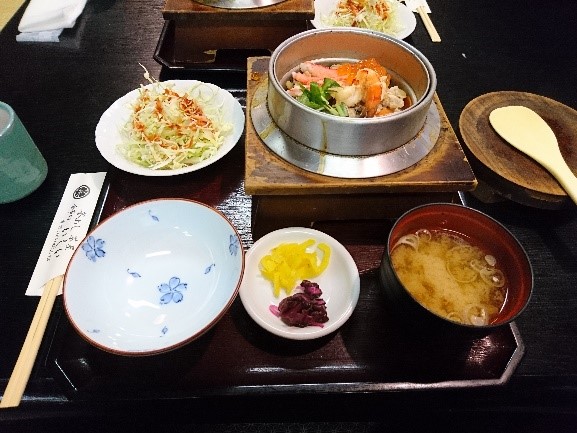

Lab trips are fun, and time flies when you are having fun. Luckily, there are plenty of amateur photographers among our lab members, always ready to capture the moment. Looking back on the photos, I feel a bit of disappointment for the lab trips that we had to miss due to the pandemic. As life is returning to normal, little by little, let’s try to bring -safe and memorable- gasshukus back!

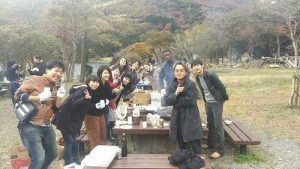
Note:
I want to thank Prof. Yoshiaki Iwamaru and Dr. Dara Tith, an alumnus of our lab, for providing some of the pictures used in this post.
